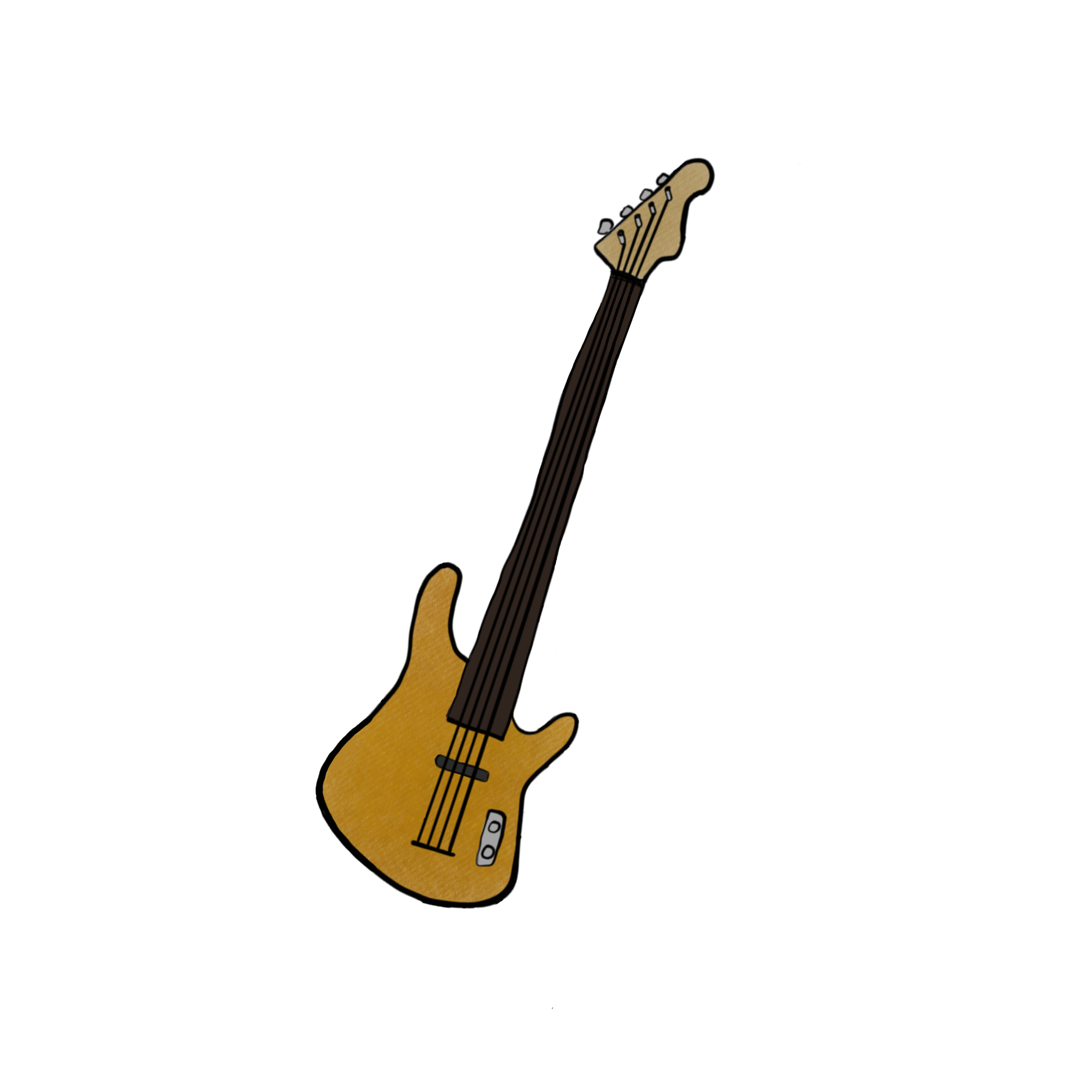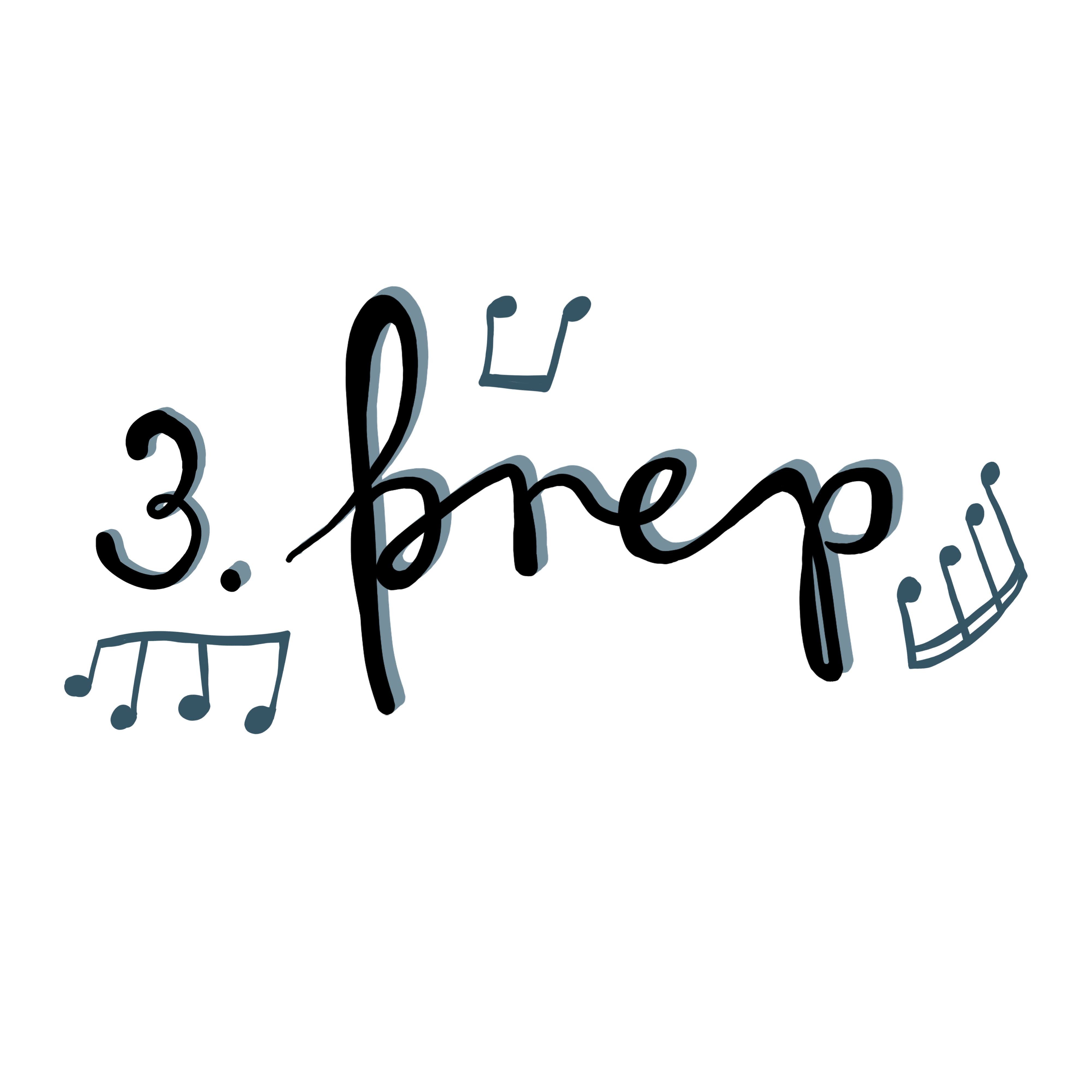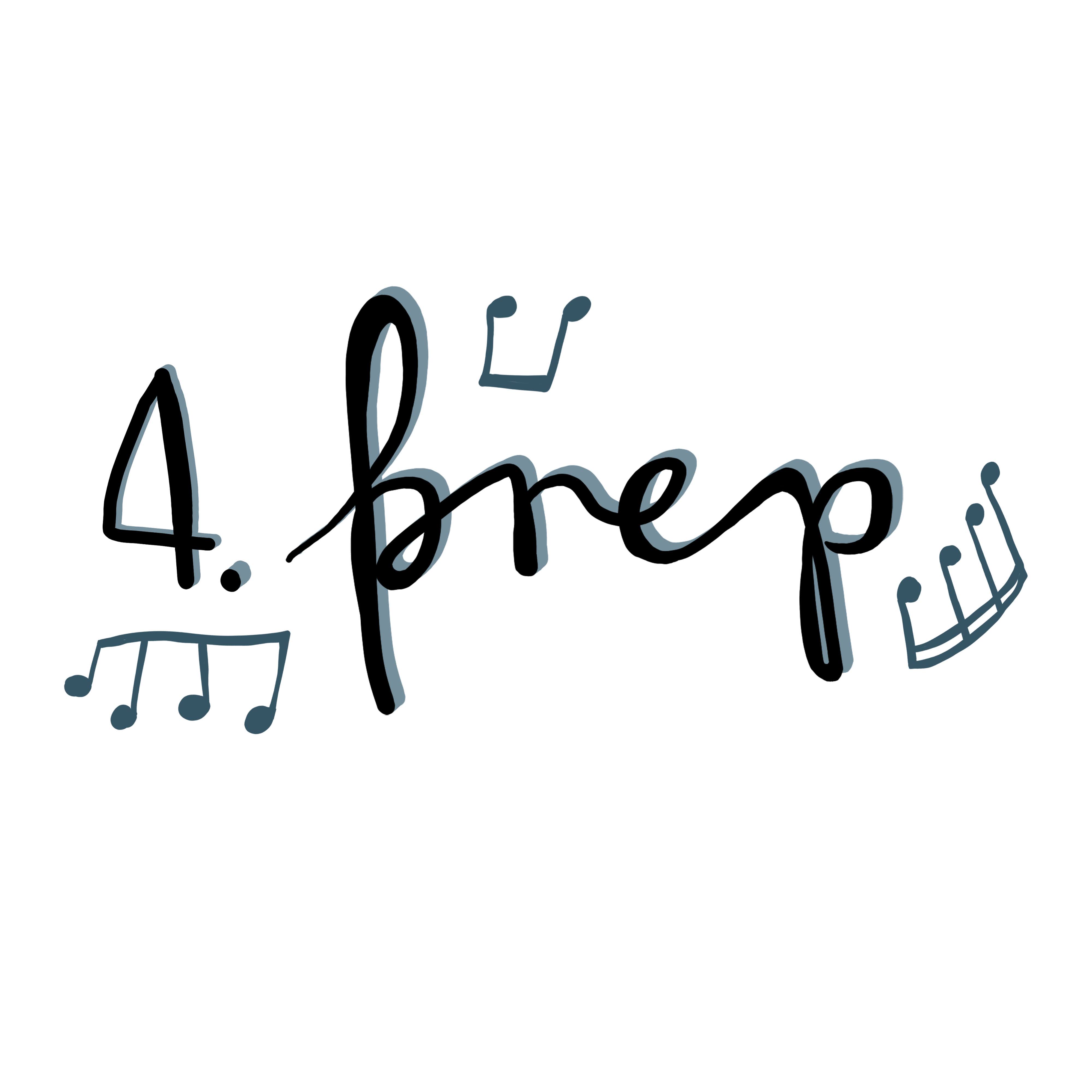Learning objectives - Electric bass

The electric bass is a young instrument. It was invented in the fourth decade of the last century but became commonly used around the 1950s. The electric bass is indispensable in rock, pop, and blues music but is also used in jazz music.
Level 1
Range: E – bes

Scales
| Range | One octave |
| Tempo | M.M = 88, scales played in quarter notes |
| Scales (Choose two out of four) | B-flat major, F major, A minor, G minor, Chromatic (type of minor is optional) |
| Triads | In all the above keys |
| Chromatic | E-B (optional) (free fingering) |
| Hand position | 1/2 Position |
| Fingering system | 1st, 2nd, 4th finger |
| Note chords | Play root notes following note chords |
Works and exercises
| Piece | , (or a similar piece) |
| Practice | no. 22 in Bass for Beginners, Exercise No. 2, page 42 from AoA Book I, (or another similar exercise) |
| Option |
|
| Sight reading | Play a song from music you've not seen before |
| Study material |
|
Level 2
Range: E – c’

Scales
| Range | One octave |
| Tempo | M.M = 100, scales played in quarter notes |
| Scales | B-flat major, F major, C major, G major, A minor, G minor, E minor, Chromatic (type of minor is optional) |
| Triads | In all the above keys |
| Chromatic scale | E-e (optional) (free fingering) |
| Hand position | 1/2 Position |
| Fingering system | 1st, 2nd, 4th finger |
| Note chords | Play root notes and fifths by letter sounds, |
Works and exercises
| Piece | , (or a similar piece) |
| Practice | number 65 in Bass for Beginners. (or another similar exercise) |
| Option |
|
| Sight reading | Play a song from music you've not seen before |
| Study material |
|
Level 3
Range: E – d’

Scales
| Range | One octave |
| Tempo | M.M = 60, scales played in eighth notes |
| Scales |
B-flat major, F major, C major, G major, A minor, G minor, E minor, D minor, Chromatic (type of minor scale is optional) |
| Triads | In all the above keys |
| Chromatic | E – h (optional) (four-finger system) |
| Hand position | The addition of the four-finger system |
| Note chords | Play root note, fifth, and octave by letter sounds |
Works and exercises
| Piece | Old Days, number 84 in Bass Method 2, Go On, number 89 in Bass Method 2, (or a similar piece) |
| Practice | number 72 in Bass Method 2, (or another similar exercise) |
| Option |
|
| Sight reading | Play a song from music you've not seen before |
| Study material |
|
Level 4
Range: E – e’
Basic level

Scales
| Range | One or two octaves, within the range |
| Tempo | M.M = 66, scales played in eighth notes |
| Scales |
B-flat major, F major, C major, G major, D major, A minor, G minor, E minor, D minor, B minor, Chromatic (minor is melodic) |
| Triads | In all the above keys |
| Chromatic | E – e’ (optional) |
| Hand position | Four-finger system, but higher on the neck |
| Note chords | Play root note, third, fifth, and octave by letter sounds |
Works and exercises
| Piece | Turkish March, from Standard of Excellence, (or a similar piece) |
| Practice | Just Like My Girl, number 57 in Bass Method 3, (or another similar exercise) |
| Option |
|
| Sight reading | Play a song from music you've not seen before |
| Study material |
|